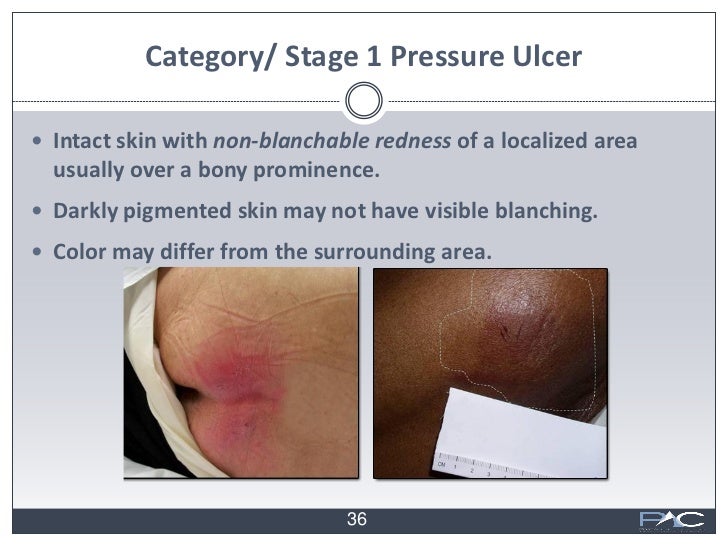
PolyMem also stimulates healing by drawing fluid to the wound. PolyMem dressings are specifically designed to focus inflammation to where it is needed — in the wound. This helps reduce swelling and pain which helps reduce the risk of infection which support the healing process. For dry wounds that need a little help healing, hydrogel is a great option. It acts in a way that adds moisture to your wound so it heals faster and breaks down dry, dead tissue1.

With nearly 3,000 types of dressings on the market today, it can be difficult knowing that your options are. This article will help you get more familiar with the most common types of wound care dressings and when each one is most appropriate. We urge you to see your health care provider or go to urgent care for wound treatment to avoid any complications. Now, let’s discuss the main types of wound dressings and their best uses. These dressings are available in various forms, such as film, gel, or impregnated mesh-type dressing, which are permeable to gas, vapor, and water. They provide a soft barrier against shear force, act as a shock-absorbing pad, and reduce the patient's pain.
Readers Of this Article Also Read
Physicians may prescribe pain medications for dressing changes. Nonpharmalogic approaches to pain management should include the use of nonadherent, atraumatic dressings, education, empowerment, and anxiety reduction. Applied to keep away excess water and other contaminants, this dressing is highly flexible in terms of their adherence to the wound.

The following are specific approaches to different leg ulcers. Resurfacing procedures and chronic ulcers since they provide padding that can relieve pressure over bony prominences. Reuse, reprocessing or re-sterilization may damage the product and may result in injury, infection or death. A clinical case-series evaluation of a superabsorbent dressing on exuding wounds. Lay the dressing on top of the wound or into the wound bed. Spread the product evenly over the wound bed with a sterile tongue blade or cotton-tipped applicator.
Fubupore adhesive dressing
Honey dressings are made from a medical grade honey; the honey is impregnated into the dressing. The popularity of these dressing is on the rise and is in part because it can be used for wounds with several different characteristics. Honey is available in creams, gels, ointments, alginates, hydrocolloids, and even contact layers . Statistics from various resources report that many patients in home healthcare settings have wounds. These vary from surgical, pressure, neuropathic, trauma, stasis, and venous wounds. These require the assessment, knowledge, and expertise of a clinician to assist them with wound care management.

They have a high absorption capacity because of strong hydrophilic gel formation. The first type of membranous wound coverage used was human allograft skin. Human allograft is generally used as a split-thickness graft after being procured from organ donors. When used in a viable fresh or cryopreserved state, it vascularizes and remains the “gold standard” of temporary wound closures. ?Protect the wound from excessive fluid loss and bacterial invasion. Accurately identifying the key cause of wounds is essential in the management of leg ulcers though many wounds are complex and may be of more than one etiology.
Publication types
Calcium alginate is the insoluble form of alginate with high swelling capacity. It can be woven to produce pliable patches or ribbons for filling cavity or tunneling wounds. Transparent dressings are impermeable, nondegradable, and adhesive dressing that enable the wound observation without changing the dressing. Are either made of substances which release bioactive compounds or alternatively natural biomaterials having endogenous activity are used in their constructions. These biomaterials may include chitin, chitosan, hydrocolloids, alginate or derivatives of natural biopolymers. Alginate dressings (e.g., Kaltostat, ConvaTec; Comfeel, Coloplast, Humlebaek, Denmark) are fibrous dressings derived from seaweed.

In dressing form, soft silicone is tacky, allowing it to form a tight seal that repels water. The tackiness of the silicone allows it to be reapplied several times without losing its adhesion. It will not stick to the wound though, and will not create further damage. Additionally, silicone has anti-bacterial properties and is adhesive to even fragile or dry skin.
Change the dressing when saturated no matter what form of silver being used. Change the dressing at least three times per week or when the color of dressing goes from brown to yellow or gray . Educate the patient that the “gel” is normal and not a sign of infection. The PolyMem formulation was first patented in 1988 by Robert W. Sessions, a former director of biomedical research at Chicago’s Rush-Presbyterian St. Luke’s Medical Center. Corp. and founder, Sessions, have received numerous awards and recognitions for excellence in medical product design and contributions to the medical profession.

However, five patients in the study had a known “nickel hypersensitivity and responded in the same way as the other patients. Gauze compresses were soaked in this second infusion, gently rung out and applied to affected areas of the patients’ faces for 20 minutes. Researchers treated 22 patients with facial dermatitis and noted significant decreases in disease severity in four scores assessed. According to researchers, this study offers first proof of efficacy for black tea dressing treatment. The black textile has been used for many years in wound dressings, primarily for odour reduction, but, before the evaluation, never in direct contact with the wound. An independent clinical evaluation of Zorflex activated carbon cloth dressings has shown problematic chronic wounds began to heal.
No comments:
Post a Comment